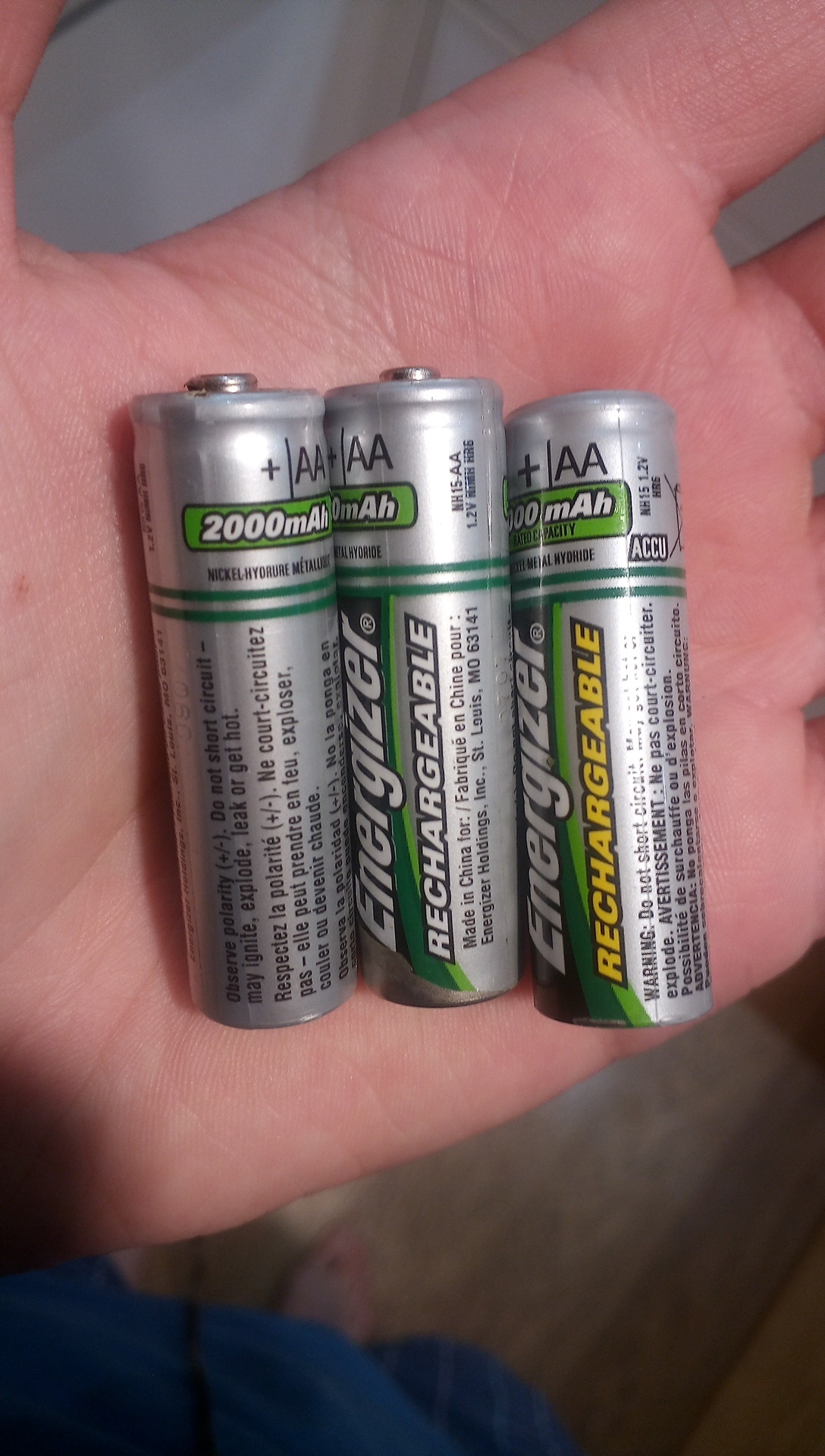this post was submitted on 07 Aug 2023
485 points (100.0% liked)
Technology
37717 readers
408 users here now
A nice place to discuss rumors, happenings, innovations, and challenges in the technology sphere. We also welcome discussions on the intersections of technology and society. If it’s technological news or discussion of technology, it probably belongs here.
Remember the overriding ethos on Beehaw: Be(e) Nice. Each user you encounter here is a person, and should be treated with kindness (even if they’re wrong, or use a Linux distro you don’t like). Personal attacks will not be tolerated.
Subcommunities on Beehaw:
This community's icon was made by Aaron Schneider, under the CC-BY-NC-SA 4.0 license.
founded 2 years ago
MODERATORS
you are viewing a single comment's thread
view the rest of the comments
view the rest of the comments

Most 18650's don't go down to 2 volts. They should be considered "flat" at 3.4 volts - going any lower risks damaging the battery (unless you know what chemistry it uses, some can go lower safely).
Allowing a rechargeable AA to get down to 0.8V is also risky, if you go much lower than that you will damage the battery.
An 18650 is essentially the same voltage as three AA's. And the amount of charge level they store is closer to five or six. The size and weight, on the other hand, is a bit more than one AA.
But the biggest advantage, by far, is a lot of devices can be powered by a single 18650 but would require multiple AA's to have acceptable battery life (or a high enough voltage). As soon as you have multiple batteries thing start to get really complex. Your batteries will never be at exactly the same charge state and that can potentially damage the battery and the device.